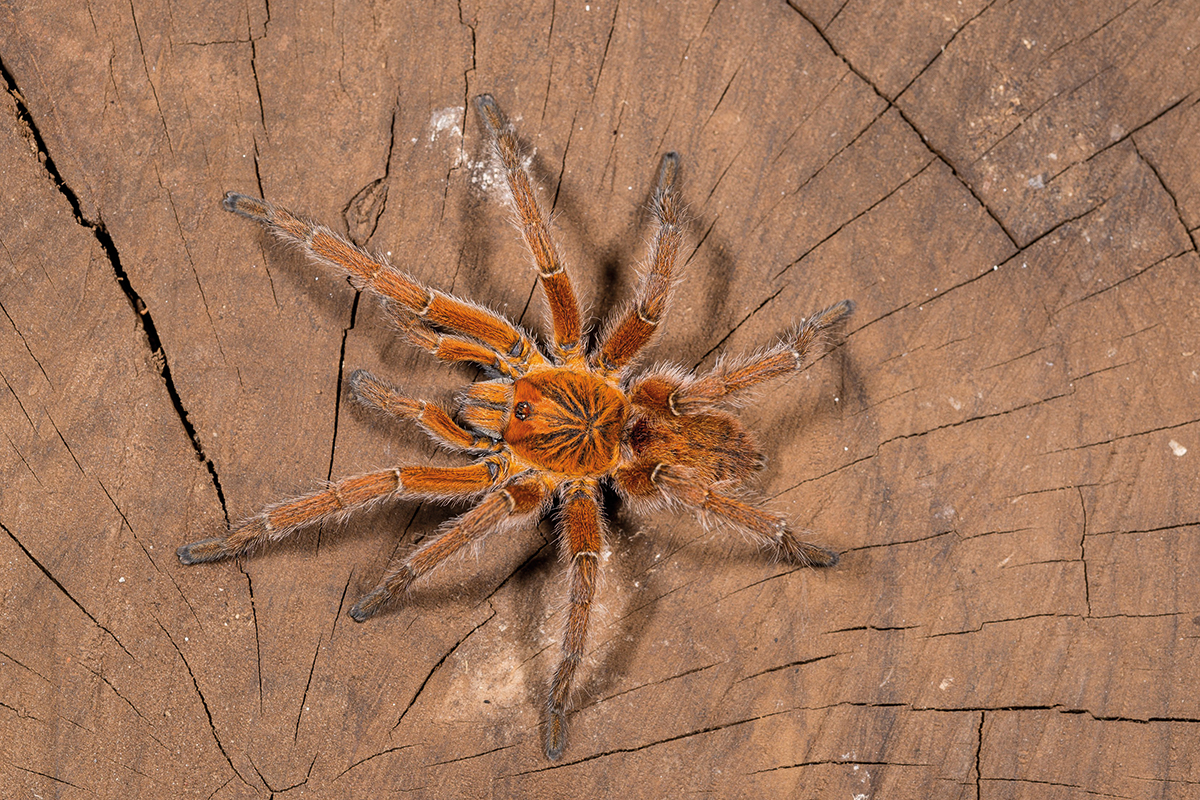
KELSEY MILLER, fisheries researcher with a global advocacy group, wobbled for balance on a 50-foot fishing boat as silvery tuna flew through the air towards her. It was 2014, and as the vessel pitched off the coast of the Maldives, a collection of atolls several hundred miles southwest of the southern tip of India, a dozen or so fishermen working in the stern pulled the fish from the water one by one with fishing poles, flipping their catch towards the boat’s bow.
There is one thing that all sides can agree on: Bycatch is a problem for the fishing industry everywhere.
When the fishermen took a break, Miller and her colleagues went to work, hastily counting, weighing, and measuring the fish — along with any other sea creatures, from juvenile sharks to mahi-mahi, that were incidentally caught in the process. The team was conducting research for a study, published in PLOS One last spring, on “bycatch” — the myriad unintended sea creatures captured by fishermen, typically in massive nets as they pursue a commercial species. As the study notes, Miller and her colleagues with the International Pole and Line Foundation, a U.K.-based tuna conservation group that advocates for the less impactful fishing technique, spent more than 100 days monitoring accidental catch — and found surprisingly little.
Read more at Undark.


 Sarcastic fringeheads have a stronger temper than your average fish, but it isn’t a sharp tongue that you have to look out for: it’s their gaping, fluorescent mouth.
Sarcastic fringeheads have a stronger temper than your average fish, but it isn’t a sharp tongue that you have to look out for: it’s their gaping, fluorescent mouth.




/https://public-media.smithsonianmag.com/filer/fe/a9/fea9f773-0c41-49a4-bc89-03b369501be0/mongoose.jpg)
/https://public-media.smithsonianmag.com/filer/d2/7c/d27c364d-8180-499c-bbef-479882d146d5/154790_web.jpg)
